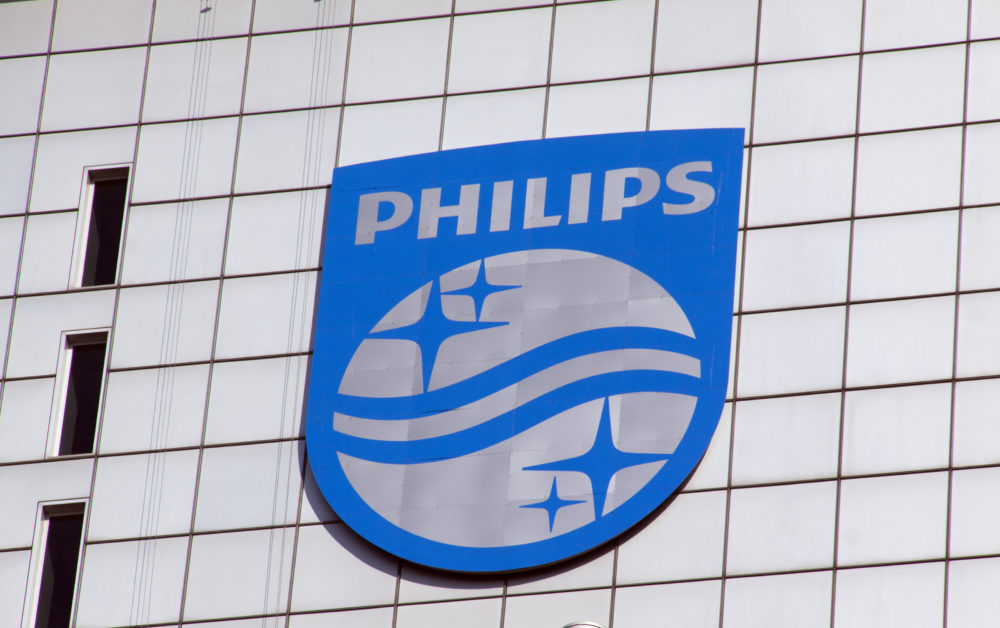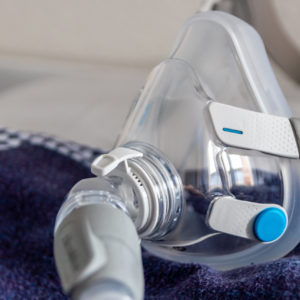Recalled DreamStation CPAP Caused Acute Respiratory Failure, Lawsuit Claims
Sound abatement foam used in the recalled DreamStation machine caused long-term and severe respiratory injuries, according to plaintiff

An Arkansas man indicates that long-term use of a DreamStation CPAP machine caused acute respiratory failure, after breathing toxic particles and gases released by the sound abatement foam used inside the recalled sleep apnea machine.
The complaint (PDF) was filed by Darryl Handley last month in the Circuit Court of Jefferson County, in Arkansas, but Philips North America recently removed the case to the federal court system, where it will be consolidated with other Philips CPAP recall lawsuits pending in a multidistrict litigation in the Western District of Pennsylvania.
Philips announced a CPAP machine recall in June 2021, affecting millions of DreamStation, CPAP devices, BiPAP machines and mechanical ventilators which used polyester-based polyurethane (PE-PUR) sound abatement foam, which has been found to degrade and break down, releasing toxic chemicals and debris directly into the machine’s air pathways.
PE-PUR foam exposure has already been linked to reports of long-term side effects for recalled DreamStation CPAP users, including respiratory injuries, lung damage and cancer from breathing in toxic CPAP foam. As a result, thousands of former users are now pursuing CPAP machine lawsuits against the company.

Philips CPAP Recall Lawsuit
Millions of recalled Philips DreamStation, CPAP, BiPAP and ventilator machines may release toxic foam particles and chemicals into the air pathway.
Learn More About this Lawsuit See If You Qualify For CompensationAccording to the lawsuit, Handley bought a DreamStation CPAP machine in 2014, after it was prescribed to him as a treatment for sleep apnea. He used it on a daily basis.
Last summer, he was admitted to the hospital due to severe respiratory problems and was diagnosed with acute respiratory failure with hypoxia. About two weeks later, in September 2021, Handley received a notice from Philips that his CPAP device had been recalled due to problems with the sound abatement foam..
“Plaintiff’s use of the subject device caused or significantly contributed to the development and progression of the severe respiratory disease for which Plaintiff was admitted to the hospital, and which continues to greatly impact Plaintiff’s life,” Handley’s lawsuit states. “By reason of the foregoing, Plaintiff has had to undergo significant treatment, and will continue to be required to undergo significant treatment in the future.”
According to an FDA inspection report released late last year, Philips knew about the problem with the degrading sound abatement foam since at least 2015, indicating that emails exchanged with the foam supplier discussed the problem. However, no investigation was initiated or corrective actions were taken until the massive recall was announced in June 2021.
Given common questions of fact and law raised in product liability lawsuits and class action lawsuits filed nationwide over the recalled Philips sleep apnea machines, coordinated pretrial proceedings have been established before Senior U.S. District Judge Joy Flowers Conti in the Western District of Pennsylvania.
In the coming years, it is expected that Judge Conti will establish a bellwether program where small groups of representative DreamStation CPAP lawsuits will be prepared for early trial dates, to help gauge how juries are likely to respond to certain evidence and testimony that is likely to be repeated throughout the claims.
Get more articles like this sent directly to your inbox.
"*" indicates required fields






0 Comments